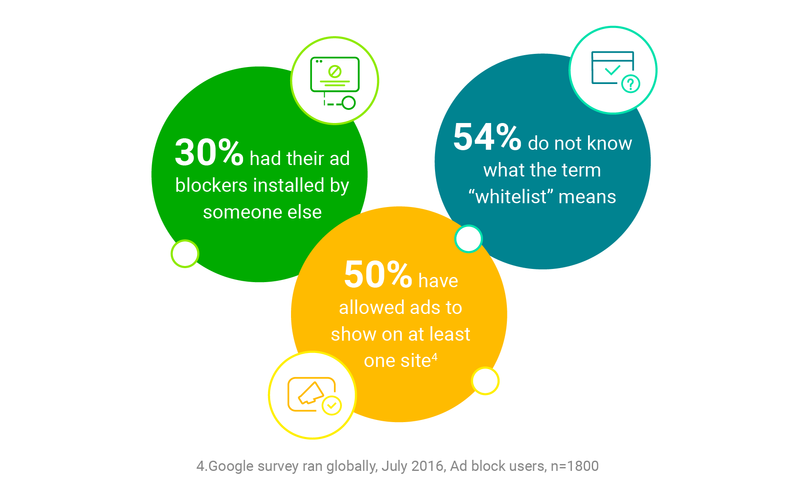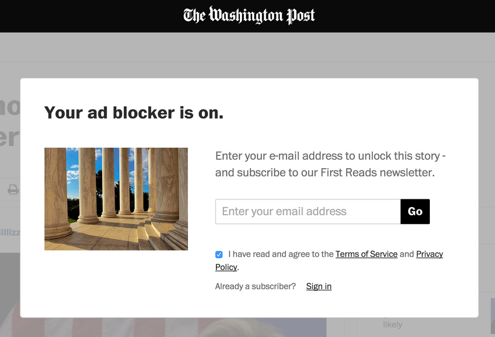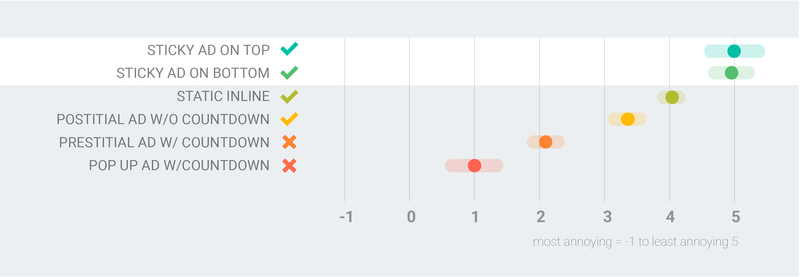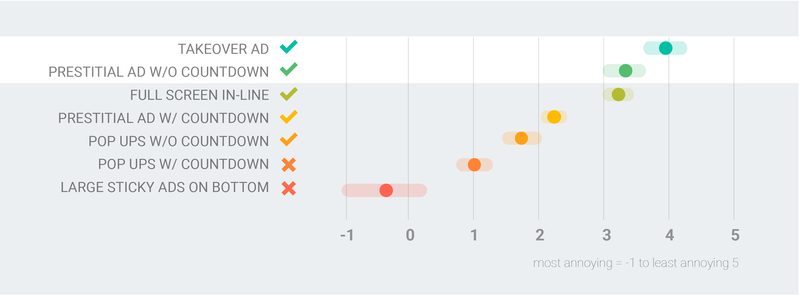Win Over Your Audience Despite the Rise of Ad Blockers
 Do you run ads on your blog?
Do you run ads on your blog?
Then you may be interested to learn that Google is coming up with a new ad blocking technology to Chrome in an effort to encourage a quality experience on the Internet.
So how does this all affect your bottom line if you are deriving sales from ads?
The truth is ad blockers have been in use for quite some time, and this trend is expected to grow. According to DoubleClick by Google, there are 600 million devices worldwide that block ads, which has costed publishers $25.8 billion in revenue as of 2015. They cite a couple of reasons for this:
- 48% of people find ads annoying
- 63% of people feel that there are too many ads
DoubleClick points out that there are several types of users in the U.S. and Europe who typically choose to purchase ad blocking software:
- Privacy seekers
- People who do not want to see any ads
- Users who have ad blockers and do not know it
- People who find ads to be intrusive

Solutions for Publishers
The good news is there are several ways your business can reach out to your readers and encourage them to stay on your website as long as you are providing value for them. Here is what DoubleClick suggests in their article:
Analyze who your visitors are
After some target market research you can learn exactly who is coming to your website, what they are looking for, and why they are choosing to block your ads. With a friendly message upon their arrival you can ask them to check whether they have this in place because chances are they may not even realize that it is on. An alternate approach would be to limit the number of articles read without ads, after which the user would need to disable their ad blocker.

Photo courtesy pubnation.com
Ask visitors to whitelist your website
This is a more common solution to encouraging visitors to stay — the best way to approach them is through simple, clear messages that is personalized for your audience. In order to be effective it’s best to display this reminder in several places with simple words like, “allow ads.”
Your business will receive a better response if you are both genuine and respectful to your audience. It is especially important for your readers to see right away that you are offering something of value to them that they don’t want to miss.
69% of people surveyed said that they were motivated to install ad blockers by annoying or intrusive ads.
Create a better experience
Most people these days are using their mobile devices to find information quickly and easily. Any hindrances to that process could be costing your business in both subscribers and sales. Based on a study by the Coalition for Better Ads Google reports that most annoying ads are those that pop up on the screen with a countdown timer. The best received ads were those that were placed at the top:

Photo courtesy Doubleclickbygoogle.com
Desktop users want to have a different experience with more control over the ads. The study found that large, sticky ads on the bottom were a deterrent while “Takeover Ads” that do not pop up and fill the top of the screen were less intrusive:

Photo courtesy Doubleclickbygoogle.com
In order to improve the experience for your users check to see if your website is loading quickly, that your content and ads are relevant, and that your design is seamless and blends well into the entire branded scheme.
There’s no doubt that ads are here to stay — consumers are used to seeing them everywhere from movie theaters to social media and even in their text messages. The key is to treat your audience with the utmost respect, and to encourage them to want to know more about your business by providing great content and options for your display ads.
If your website is currently generating income from advertising expect to see changes slowly rolling out with more action being taken by Google in 2018.


0 Comments